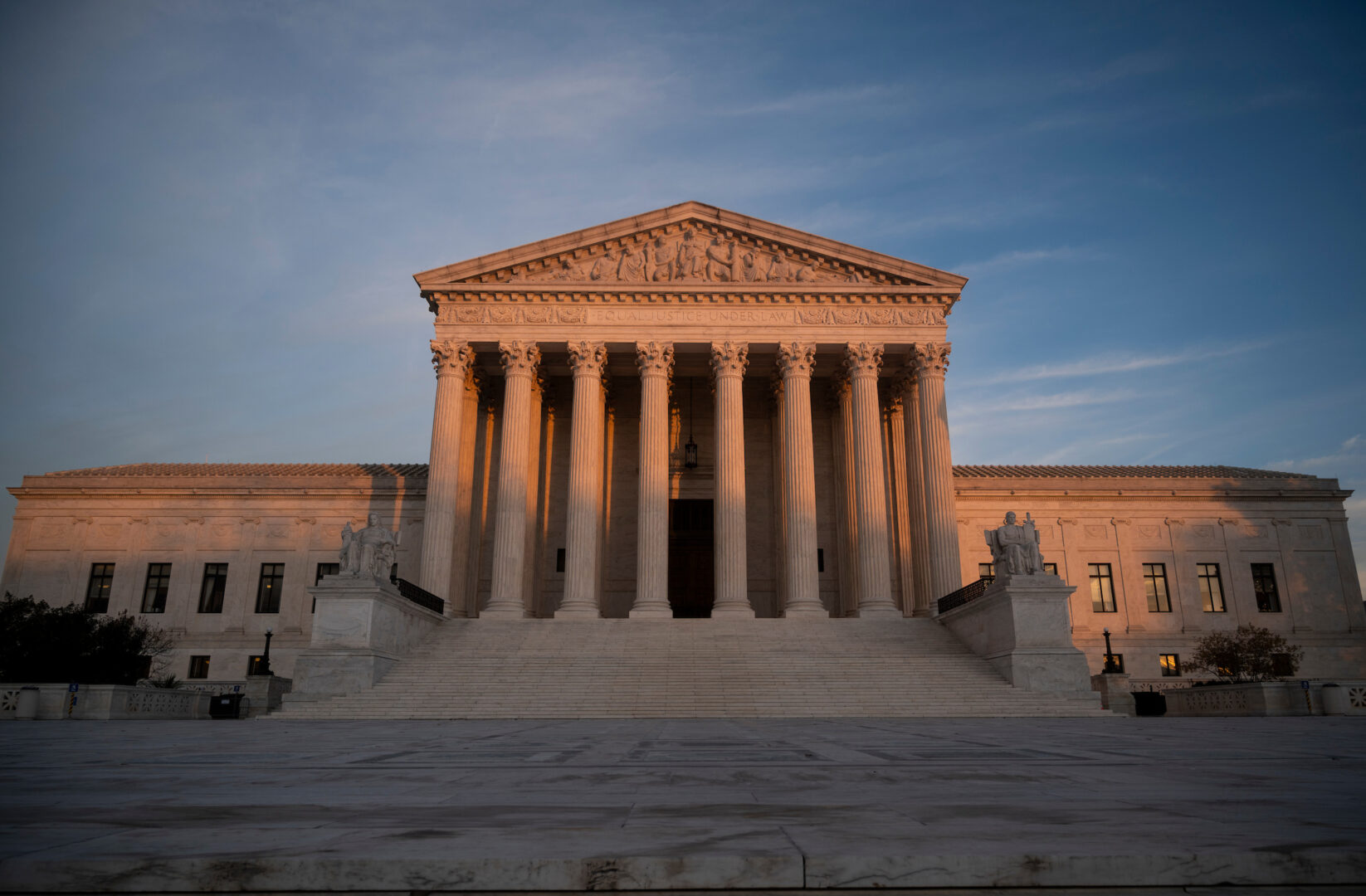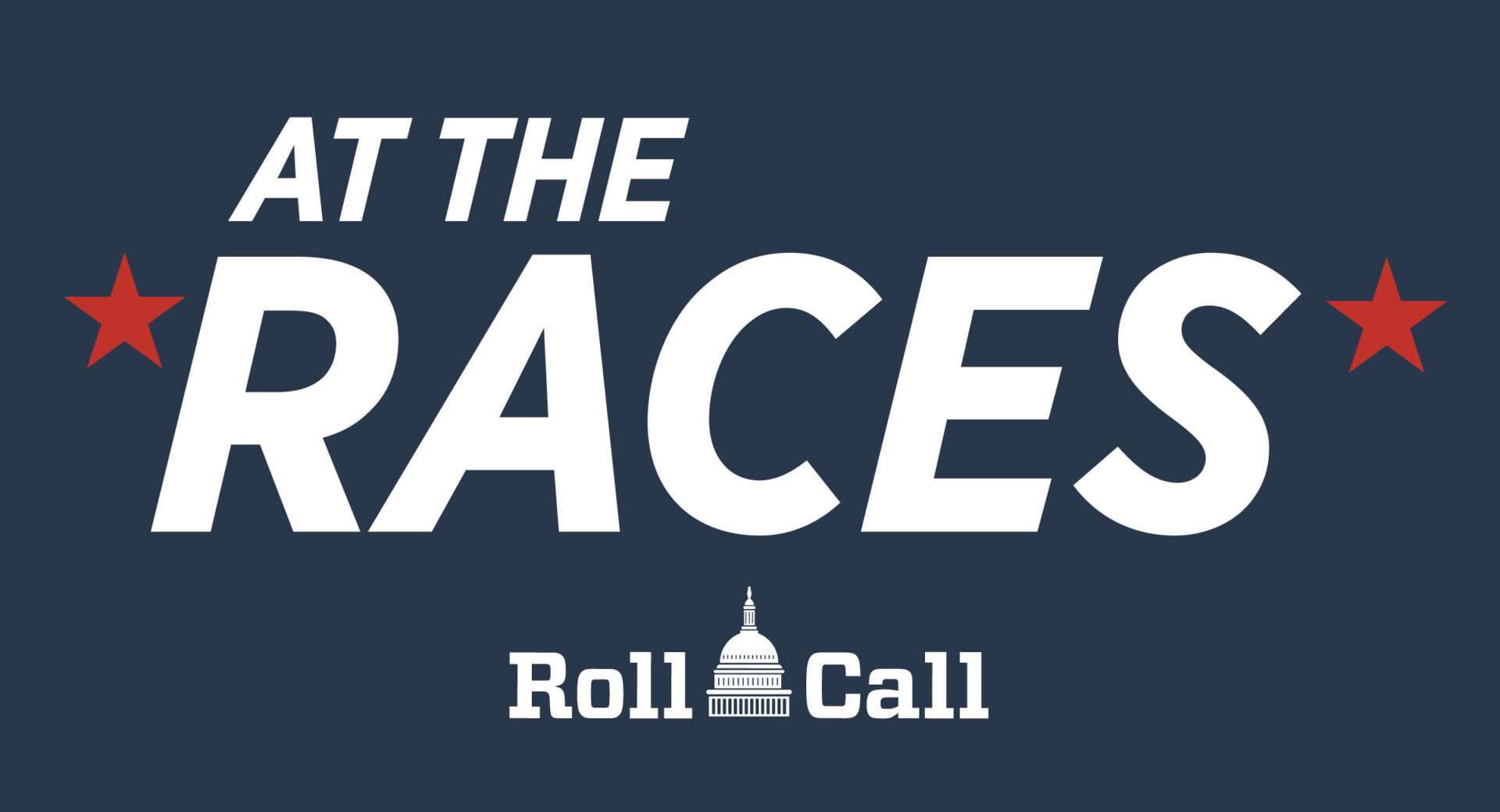Have the 2024 fundamentals changed?
Unlike Biden, Harris isn’t being dragged down by age, questions about her mental acuity

I always chuckle when I see a “confidential memorandum” that has been widely circulated. How “confidential” can it be if everyone can read it?
But the recent “confidential memorandum” from Tony Fabrizio, a pollster and strategist for former President Donald Trump’s campaign, deserves to be taken seriously.
Fabrizio, whom I have known for decades, argues that Vice President Kamala Harris will benefit from a “honeymoon” over the next few weeks, including favorable media attention and better poll numbers.
The fundamentals
What caught my eye was the beginning of the memo’s fourth paragraph: “The Democrats and the [mainstream media] will try and tout these polls as proof that the race has changed. But the fundamentals of the race stay the same.”
Fabrizio argues that while the Democratic nominee has changed, the issue mix — including the economy, crime, immigration and housing costs — has not and won’t. When the honeymoon ends, he insists, Harris’ liberalism and her association with President Joe Biden will still define her and her party.
Some of that assessment struck me as accurate. But Fabrizio also ignores some fundamentals and short-term factors that have changed dramatically.
Voter enthusiasm
First, Harris’ nomination changes the energy and enthusiasm among Democrats.
Until Biden exited the race, Democrats were listless, divided and unenthusiastic. Large segments of the electorate that normally lean Democratic — including voters of color, younger voters and suburban voters — seemed uninterested.
Many voters from these demographic categories were expected to stay home in November or vote for a third-party nominee. That could produce a Republican sweep of the House, the Senate and the presidency.
Enthusiasm about the race changed, however, when Biden announced he would not seek another term.
It wasn’t that Democrats suddenly assumed that they were going to win the White House. But they went from thinking they had little or no chance to win the presidency in 2024 to believing they had a chance to defeat former President Donald Trump.
No longer a referendum on Biden
Second, Harris’ role as the Democrats’ standard-bearer changed the election from a referendum on a frail and politically weak Biden into a choice between Trump and Harris (or Harris and Biden), or even a referendum on the former president.
Though Fabrizio doesn’t mention it, that is a fundamentally different race than the Biden-Trump matchup was.
For months, Democratic strategists have wanted 2024 to be about Trump, since he uses language that repels suburban and swing voters. But Biden was so weak politically that he was unable to capitalize on Trump’s vulnerability.
The map
Third, Harris’ emergence changes the electoral map.
Biden’s job approval was so weak and Democratic turnout so uncertain that Republicans seemed poised to turn longtime swing states red (Republican and GOP-leaning).
Before Biden took himself out of the 2024 contest, Trump appeared well-positioned in three crucial Great Lakes states, in a handful of key Sunbelt states and even in New Hampshire.
But Harris’ strong showing in polling has returned Pennsylvania, Michigan and Wisconsin to the Toss-up column, and revived Democratic prospects in Georgia, Arizona, North Carolina, Nevada and Minnesota.
Issues
Fourth, Fabrizio ignores the changing issue mix.
Yes, the border remains an issue and a Democratic liability, but other issues are not so clear cut.
Voters are unhappy about the economy and inflation, but inflation has evaporated, and the economy is showing considerable strength. Will Harris get any credit for those changes? I don’t know, but unlike Biden, Harris isn’t being dragged down by her age or questions about her mental acuity.
Not surprisingly given where the voters are, Fabrizio also ignores abortion (or more generally women’s health care), which has become a significant issue for many and should help Democrats in the fall.
Short-term factors and the bottom line
Finally, Democrats have not yet picked their vice presidential nominee or enjoyed a unifying national convention. Those events could boost Harris’ favorability ratings and her position in key state ballot tests as November approaches.
Maybe even more important, we don’t know yet how the nominees will perform on the stump and how unanticipated events will impact the two major parties’ tickets.
Trump is likely to be the same candidate he has been for most of the past nine years. He will resort to name-calling, falsehoods and distorting his opponents’ positions and views. That should alienate the same crucial voting groups that were so decisive in 2020.
But all signs point to a close election in November, with the focus once again on electoral votes.
Fabrizio ends his memorandum warning that “Harris can’t change who she is or what she’ (sic) done.” That’s also true of Trump and his running mate, JD Vance – and that is not necessarily bad news for Harris and the Democrats.





